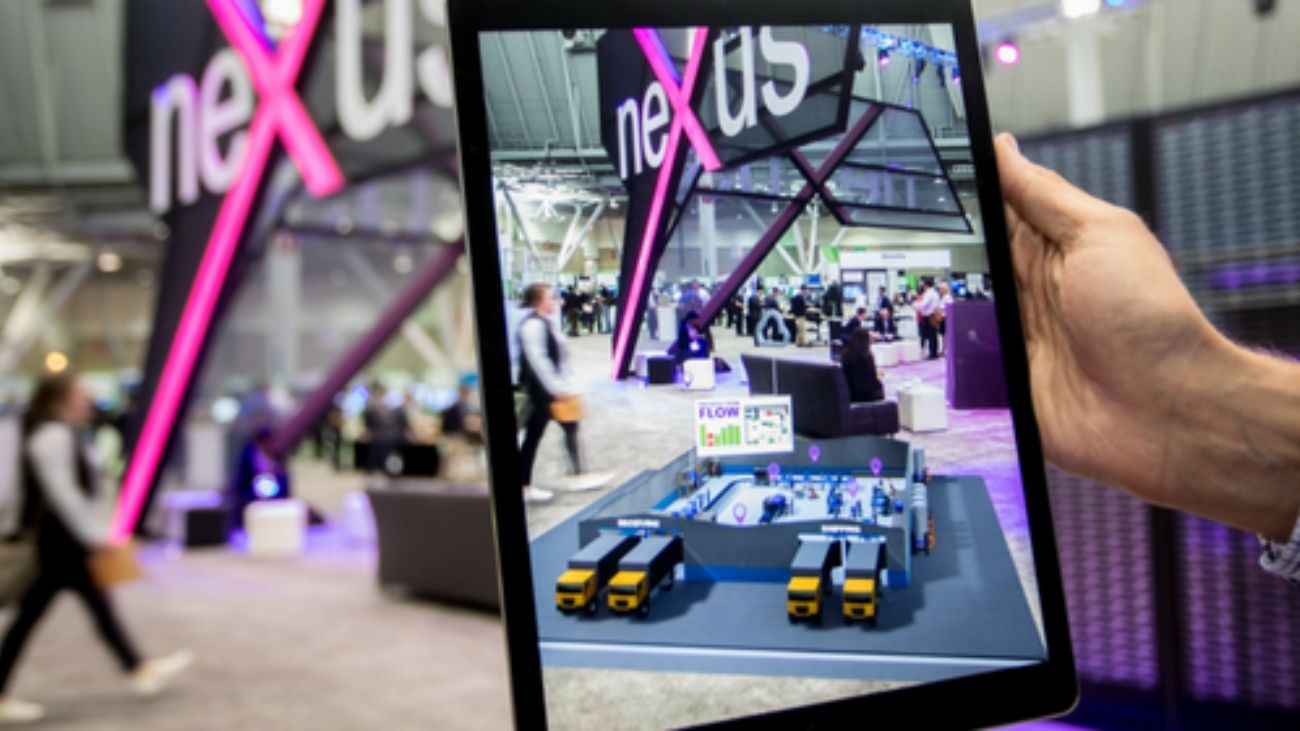In recent years, Augmented Reality has emerged as a groundbreaking technology that is reshaping the way we interact with the world around us. From entertainment and gaming to education, healthcare, and beyond, AR is transforming industries and creating new possibilities for user engagement. In this article, we delve into the future of interaction by exploring the exciting world of AR development and its potential to revolutionize our daily experiences.
Unveiling the Power of Augmented Reality:
A-R is a technology that overlays digital content onto the real world, blurring the lines between the physical and digital realms. Unlike Virtual Reality (VR), which creates a completely immersive virtual environment, A-R enhances the real world with computer-generated elements, making it a more practical and accessible technology for various applications.
AR in Everyday Life:
One of the most significant impacts of development is its integration into our daily lives. From mobile applications that overlay useful information on our surroundings to wearables that enhance our productivity and connectivity, AR is becoming an integral part of our routine interactions.
AR Gaming & Immersion Redefined:
Gaming has seen a paradigm shift with the advent of AR. Augmented Reality games blend the real world with virtual elements, creating immersive and interactive experiences. Players can engage in location-based adventures, solve puzzles in their living rooms, or battle digital creatures on their neighborhood streets. With Augmented Reality gaming, the boundaries between the gaming world and reality blur, leading to unprecedented levels of engagement.
Education Elevated:
Augmented Reality development is revolutionizing the education landscape. It offers an interactive and dynamic learning experience, enabling students to visualize complex concepts and engage with virtual content. From interactive history lessons to anatomy explorations and language learning, AR brings subjects to life and fosters deeper understanding and retention.
AR in Healthcare: Transforming Medical Training and Patient Care:
Augmented Reality has also found its way into the healthcare industry, revolutionizing medical training and patient care. Surgeons can use to visualize complex surgical procedures, enabling better precision and reduced risks. Medical students can practice on virtual patients, gaining valuable experience before operating on real ones. Augmented Reality also aids in patient care by providing real-time information to healthcare professionals, improving diagnosis and treatment outcomes.
Enhancing Retail Experiences:
In the retail sector, Augmented Reality development is changing the way consumers shop. Virtual try-on features allow customers to see how clothing and accessories look on them before making a purchase. Augmented Reality powered home decor apps let users visualize furniture and decor items in their living spaces. By bridging the gap between online and offline shopping experiences, enhances customer satisfaction and confidence in their buying decisions.
Transforming Tourism and Travel:
Augmented Reality is transforming the way we explore new destinations. Tourists can use Augmented Reality-powered navigation to discover points of interest, historical facts, and hidden gems in unfamiliar cities. Museums and cultural sites use AR to enrich visitors’ experiences by offering interactive exhibits and historical reenactments. Augmented Reality-powered tour guides provide immersive storytelling, bringing historical events and legends to life.
AR and Social Interaction:
Social media platforms are embracing development to offer innovative features to users. Augmented Reality filters and effects allow users to enhance their photos and videos with playful elements. Augmented Reality-powered avatars and virtual gatherings enable remote social interactions, bridging distances and fostering connections.
The Future Possibilities of AR:
The potential of Augmented Reality development is vast and extends far beyond the current applications. As technology advances, we can expect even more groundbreaking possibilities. Some future prospects include:
Augmented Reality for Accessibility: AR can aid individuals with disabilities, offering them new ways to interact with the world and access information.
AR in Architecture and Design: Architects and interior designers can use AR to visualize building designs and decor layouts, making planning more efficient and interactive.
The AR for Industrial Applications: AR can streamline complex industrial processes by providing real-time information and guiding workers through tasks.
AR for Environmental Awareness: AR can be used to raise awareness about environmental issues by overlaying virtual representations of endangered species or pollution levels in the real world.
Conclusion:
The future of interaction is undoubtedly intertwined with AR development. As technology evolves, we can expect more seamless and immersive experiences that enrich various aspects of our lives with FinBiz Tech. From education to entertainment, healthcare to retail, AR is changing the way we perceive and interact with the world. As developers continue to innovate, the possibilities of AR are limitless, and its impact on our lives will only continue to grow, creating a future where the boundaries between reality and the digital realm are increasingly blurred.




